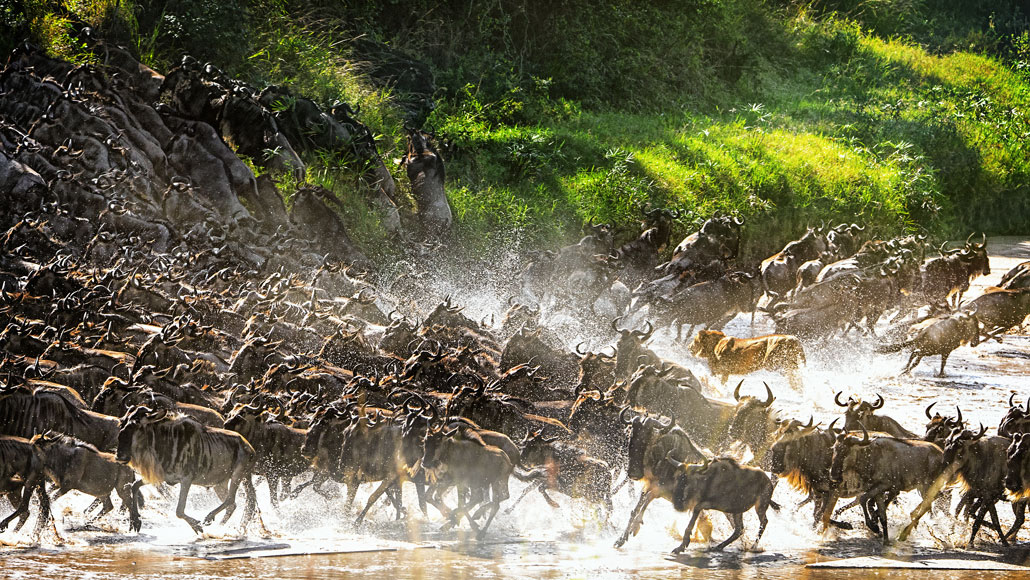Questions for “Only 3 percent of Earth’s land is unchanged by people”

The Serengeti is one of the few places on Earth that still houses all the animal species it did hundreds of years ago. Top predators, like lions, help keep herds of grazing wildebeests (pictured) in check. That ensures the overall ecosystem stays balanced.
Vicki Jauron, Babylon and Beyond Photography/Moment/Getty Images Plus